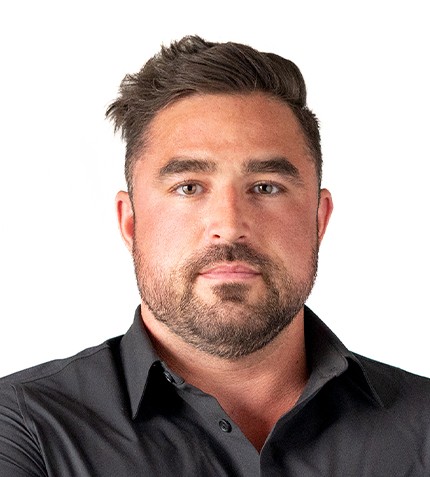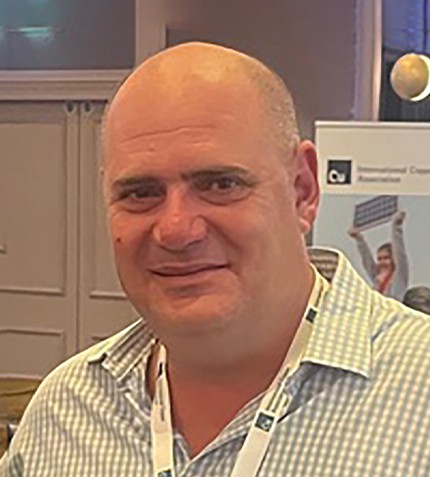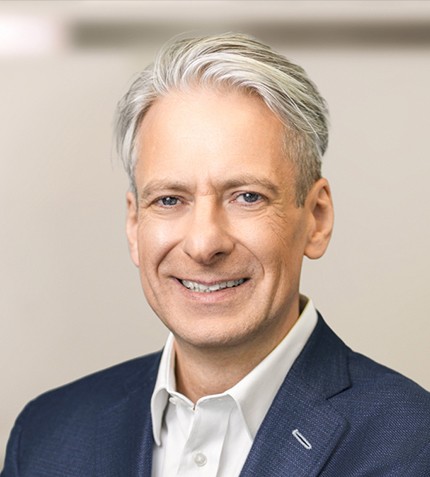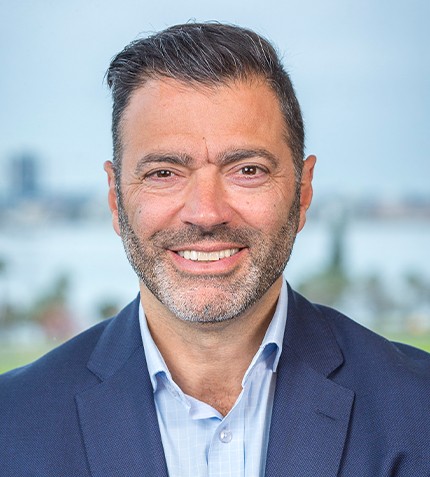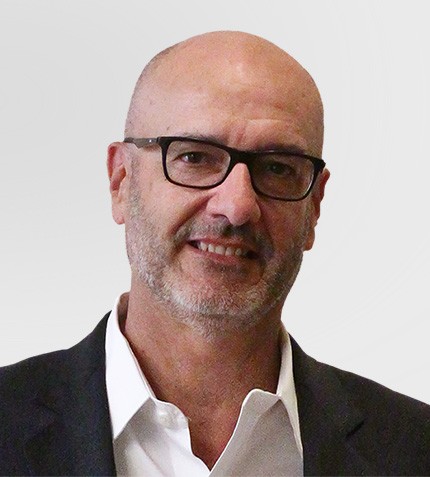
“One of the challenges we see is that medium-sized or junior companies do not necessarily have the funds to invest in desalination plants. A solution would be for the public and private sectors to work together and develop cost-sharing opportunities with regards to desalination and transportation.”
Claudio Lesch
PRESIDENT - SOUTH AMERICA, AUSENCO
What have been the main milestones achieved and the standout mining projects worked on by Ausenco in Chile in the last few years?
The past two years have been great for Ausenco in Chile. We have consolidated our growth and are today one of the leading firms in Chile. Currently we have approximately 800 people in our Santiago office.
An important milestone was to be awarded the lumpsum, turnkey EPC contract for the Mantoverde project. We have completed approximately 90% of the engineering, have all the equipment and construction contracts secured, and are progressing with the construction. This project is not just a milestone for us, but also for the industry, as it is a different type of contract modality in Chile.
Another milestone has been working on BHP's Spence Growth Option (SGO) Project where we completed commissioning in 2021. We are currently conducting studies for the upgrade of the existing concentrator at Spence. We are also working with Teck to support the commissioning of QB2 and recently secured a contract with Antofagasta Minerals for the commissioning of INCO. We are currently in the process of ramping up the project. Other standout projects include a feasibility study for the expansion of Sierra Gorda and various master service agreements with Anglo American, Codelco, and others. In addition to our work with large mining companies, we are involved in many studies with juniors.
In an era of rising inflation and supply chain delays, how can Ausenco ensure capital-efficiency by optimizing project design and execution?
Ausenco is well known for cost efficiency, and we continue delivering effective plant designs at exceptional costs from a Capex standpoint. In terms of rising inflation, our strategy is to work closely with clients to secure equipment early in the project to fix prices. In terms of supply chain disruptions, we invest time to study potential logistics and transportation bottlenecks and do our best to mitigate these given the impact on costs and delays. We also aim to procure equipment and supplies as soon as possible and spend time analyzing the pros and cons of where equipment and their components are coming from to anticipate lead times.
How have you seen the issues of water scarcity and sustainability grow in significance in Chile?
Desalination is very important in Chile where water resources are scarce. Most major mining companies already have desalination plants as they cannot rely on continental water for their operations. One of the challenges we see is that medium-sized, or junior companies, do not necessarily have the funds to invest in desalination plants. A solution would be for the public and private sectors to work together and develop cost-sharing opportunities with regards to desalination and transportation. This would make desalination viable for smaller companies.
At Ausenco we focus on developing solutions that maximize our clients' return on investment while managing technical risks and environmental, social & governance (ESG) factors. Our designs are recognized in the industry for their lower carbon footprints that reduce concrete, steel, cable, piping, and other bulk materials. The increasing focus on ESG factors has led to a greater emphasis on energy efficiency in comminution (the major energy user in mineral processing) and water efficiency in all projects. For example, we are currently working with clients to implement coarse particle flotation and other technologies that have lower carbon footprints and increase process efficiencies. Also, our consulting division has teams of professionals (e.g. engineers, environmental scientists, social scientists, geomatics experts, climate experts etc.) who help our clients identify and improve their ESG performance for mine planning and operations.
How do you view the potential for greenfield and brownfield mining development in Chile?
The Chilean mining industry holds significant potential though there are currently some political and constitutional challenges that are creating uncertainty. I believe these will be resolved in the coming months, and expect to see new mining legislation that will provide confidence and a solid investment horizon. Chile is a great mining destination, especially considering the global rising demand for copper related to decarbonization. We expect to see a long cycle of high copper prices and all commodities associated with electric mobility and batteries-such as lithium, cobalt, and nickel. We have also noticed a trend in the investment in medium-sized projects in Chile as the time to production is much faster and development less complicated than for mega projects.
What is Ausenco’s approach to further consolidate itself as the partner of choice in the coming years?
Ausenco believes in creating lasting partnerships with our clients. We strive to create value at every project stage– from early identification through feasibility and delivery studies, conceptual design, all the way to execution, commissioning and operation. We have a long history in the mining industry, and we understand clients’ needs.
We have helped many smaller mining companies raise money, and worked with majors to develop large projects, so Ausenco covers the full spectrum. We pride ourselves in offering cost-efficient designs and ensuring excellent project execution.




